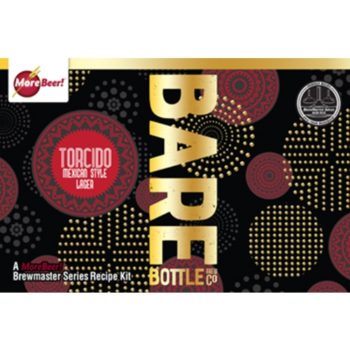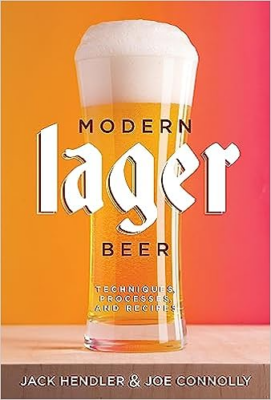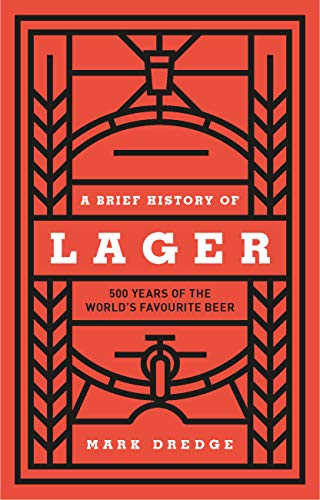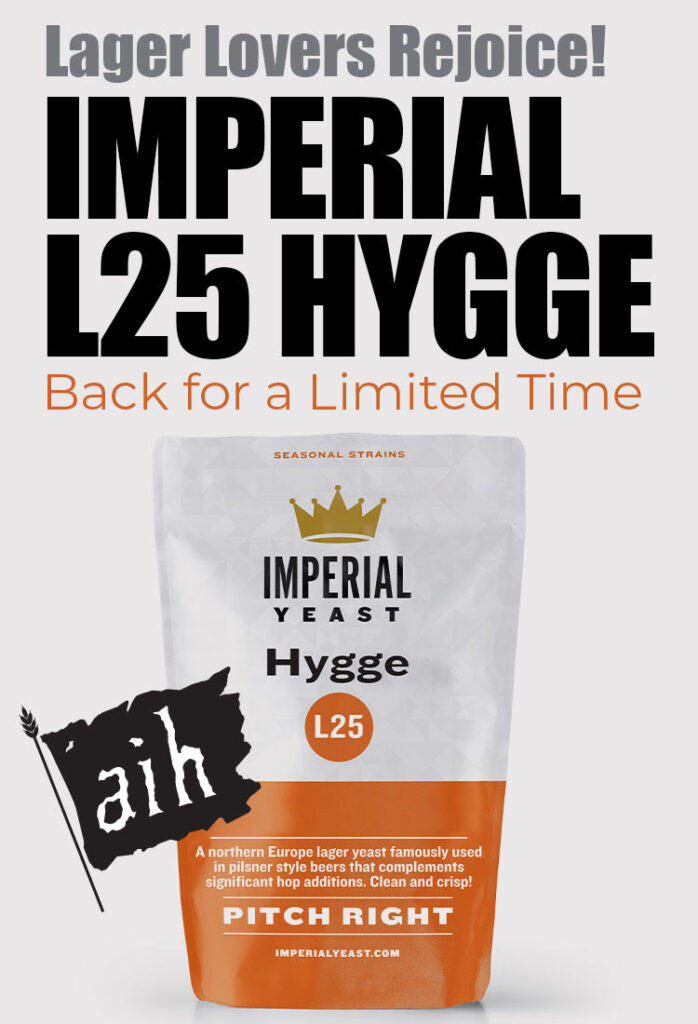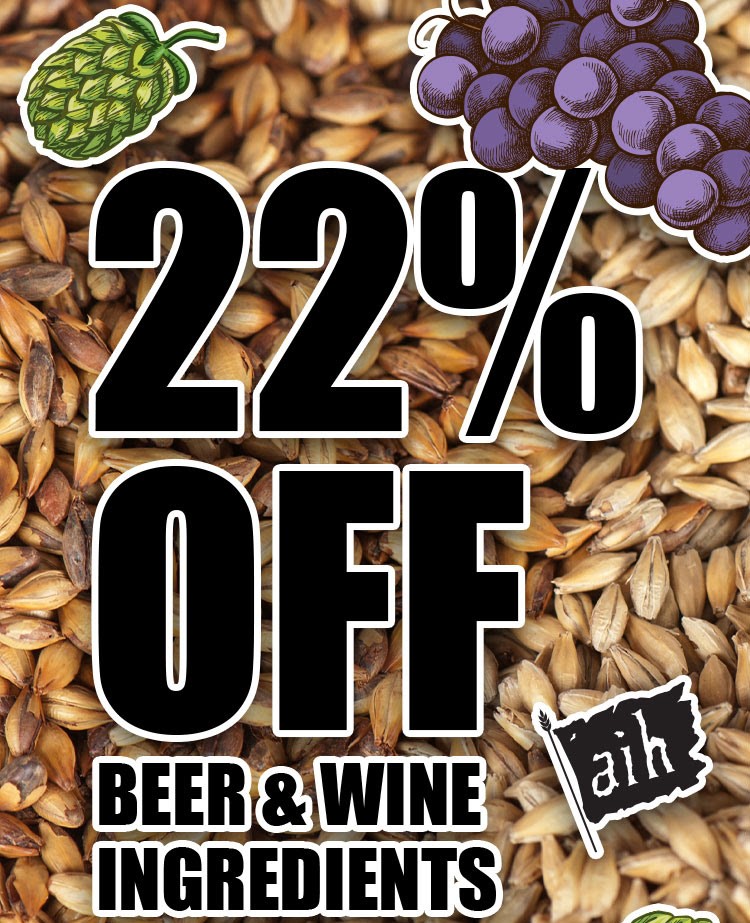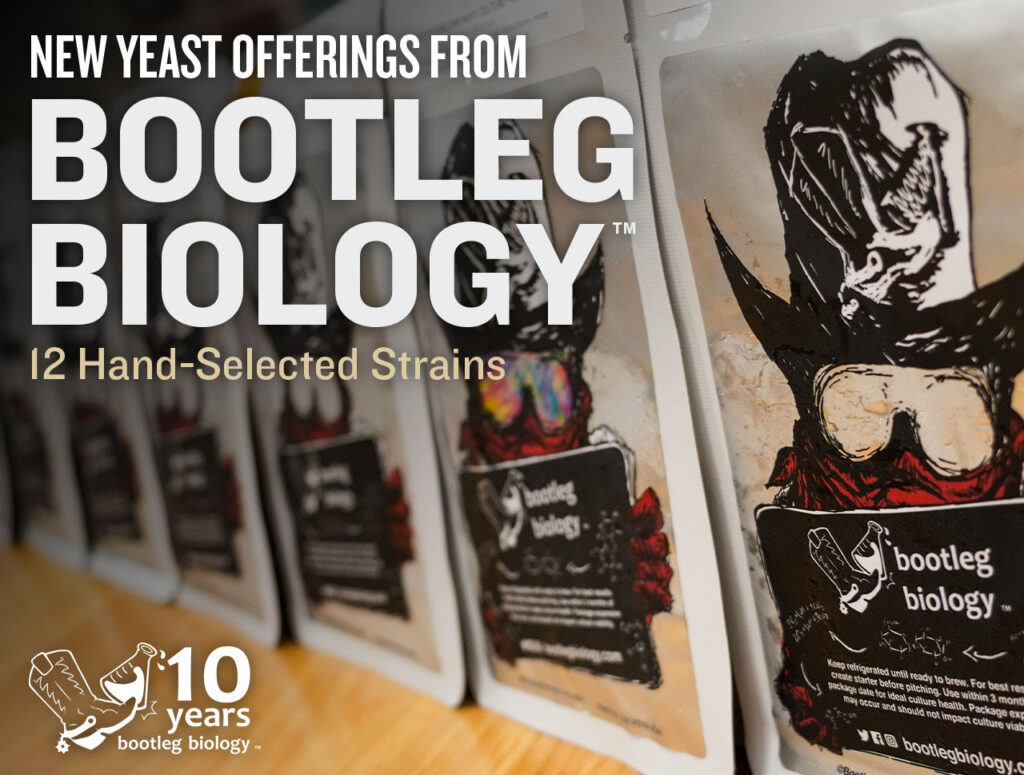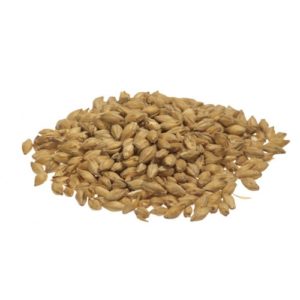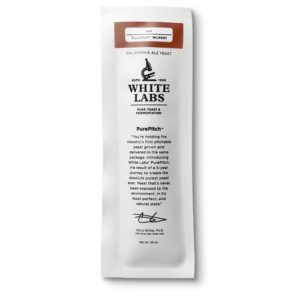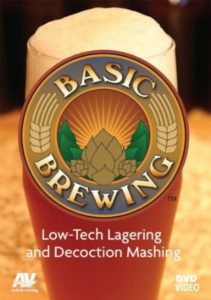
Review: Barebottle Brewing Company Torcido Lager – Homebrew Recipe Kit + Limited Time DEAL
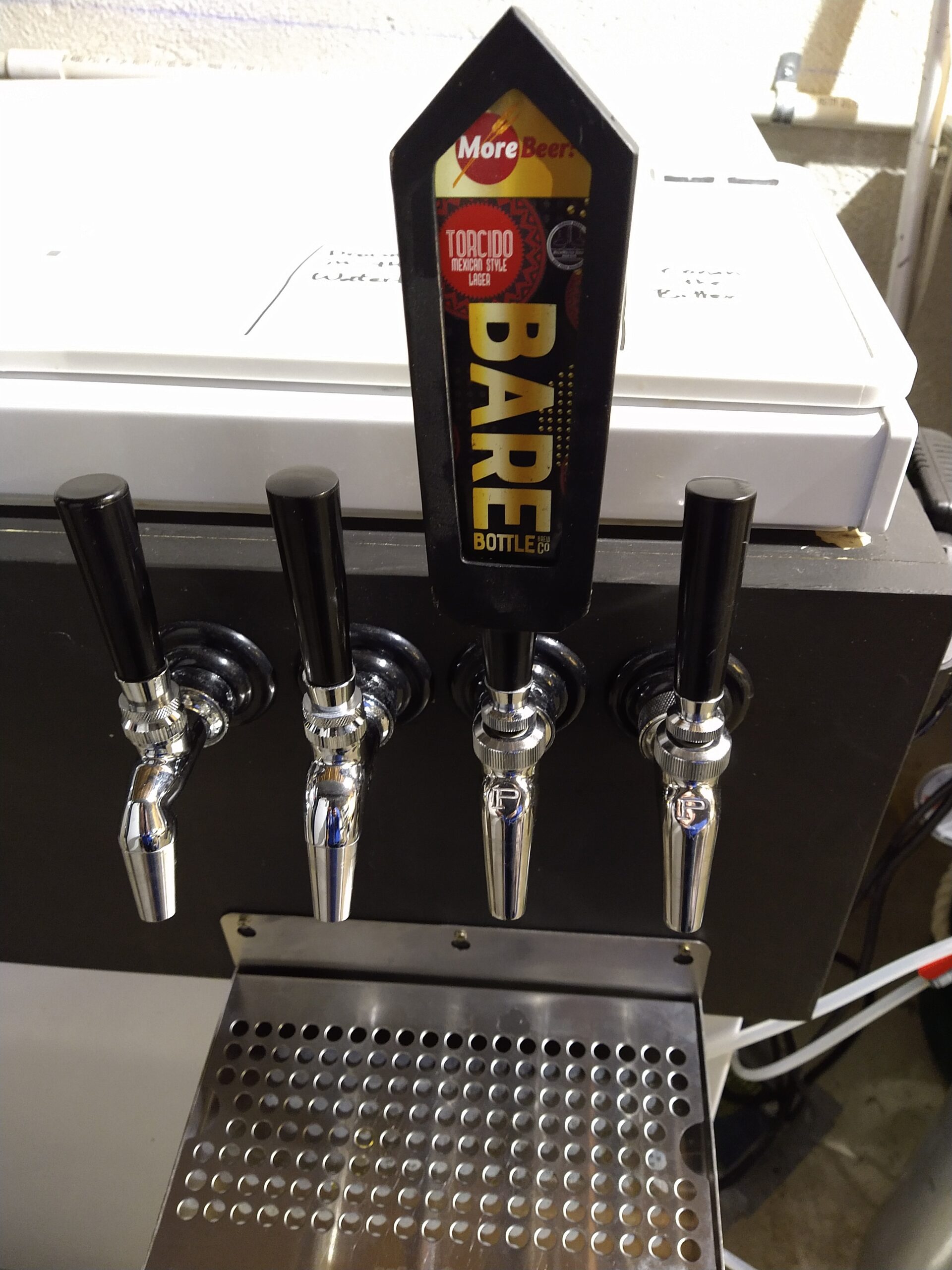
Updated: July 10, 2024
This review is by Homebrew Finds Contributor Brad Probert. Brad is an engineer, expert homebrewer and experienced reviewer. Grab a link to Brad’s website at the end of this review.
Torcido Lager is a Mexican Lager. Sort of. I don’t know much about the style definition of a Mexican Lager, but MoreBeer’s site describes the recipe creation from Barebottle Brewing (San Francisco, CA) as non-traditional. Apparently, Barebottle likes mixing things up, so they describe this beer as a Mexican Pilsner with a German Helles twist. For Barebottle, this beer scored a Gold in the 2019 GABF, so crazy description aside, I figured the beer had some cred behind it.
Limited Time DEAL:
Barebottle Brewing Companys Torcido Mexican Style Lager from MoreBeer:
The most compelling stories always have a twist. Barebottle’s award-winning Torcido is a Mexican pilsner with a German Helles twist. Combining these styles results in a light and refreshing lager that would make even M. Night Shyamalan do a double take. Originally developed by Barebottle brewer John “Magic” Montes, Torcido took gold in the 2019 Great American Beer Fest and in turn became the inaugural inductee into the Viking Malt Hall of Fame. Brewed with Viking Pilsner, flaked corn, a dash of Carahell®, and hopped with two additions of Crystal and Saaz.
Barebottle Brewing Company was born in San Francisco, CA with the idea that craft brewing shouldn’t adhere to the strict guidelines of established beer styles. Founded by a trio of friends and former classmates, they continue to pay homage to their homebrewing roots by printing a scaled down version of their recipe on every label. If you ever see one of their creations out in the wild, we highly recommend that your buy it, drink it, and then brew it!
Check out this week’s Kit of the Week! – remember coupon code KOTW
- Barebottle Brewing Companys Torcido Mexican Style Lager – All Grain Beer Brewing Kit
- Barebottle Brewing Companys Torcido Mexican Style Lager – Extract Beer Brewing Kit
- MoreBeer Clone Recipe Kits – Heady Topper, Sculpin, Zombie Dust & LOTS More
Get Pricing & Check Availability, Review Continues Below:
- Barebottle Brewing Companys Torcido Mexican Style Lager – All Grain Beer Brewing Kit
- Barebottle Brewing Companys Torcido Mexican Style Lager – Extract Beer Brewing Kit
- MoreBeer Clone Recipe Kits – Heady Topper, Sculpin, Zombie Dust & LOTS More
